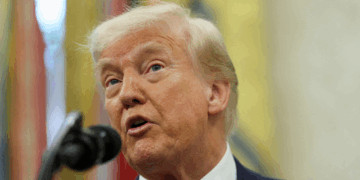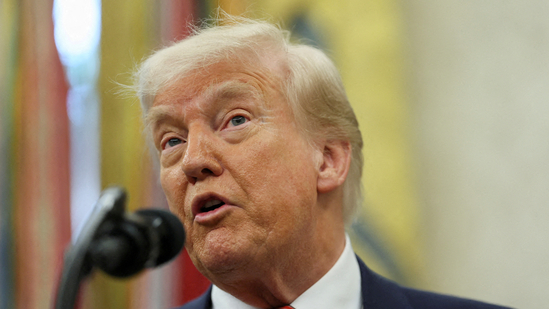U.S. President Donald Trump’s administration—now back in power—has doubled tariffs on steel and aluminium imports to 50%. What began as a trade maneuver under Section 232 of U.S. law citing national security is now poised to have sweeping economic consequences across industries and continents.
India, one of the largest exporters of metal goods to the U.S., finds itself at the epicenter of this tariff storm. The country exported over $4.56 billion worth of iron, steel, and aluminium products to the U.S. in FY2025, with items like iron/steel articles and raw aluminium making up a significant portion. With tariffs now sharply higher, these goods may become costlier and less competitive in the American market.
But the impact won’t stop at metal industries alone. A ripple effect is expected across sectors:
-
Automobiles: With steel and aluminium being major components in car manufacturing, vehicle prices in the U.S. could climb. Automakers may pass the increased raw material costs on to consumers.
-
Groceries & Packaging: Aluminium is widely used in food packaging, from soda cans to foil wraps. A surge in costs may lead to higher prices in supermarkets.
-
Construction & Appliances: Both sectors are steel-intensive. Rising costs may delay infrastructure projects and push up prices for home appliances like refrigerators and washing machines.
India, meanwhile, is weighing its response. After formally notifying the World Trade Organization (WTO) of its intent to retaliate, New Delhi is considering raising tariffs on select U.S. goods or suspending trade benefits. The U.S. has dismissed India’s objections, arguing the tariffs were imposed under national security provisions, not as safeguard measures.
As India mulls counteraction and global manufacturers recalibrate sourcing strategies, one thing is clear: these tariffs will have far-reaching consequences not just for trade balances but for consumers’ wallets—from Detroit to Delhi








 India
India












